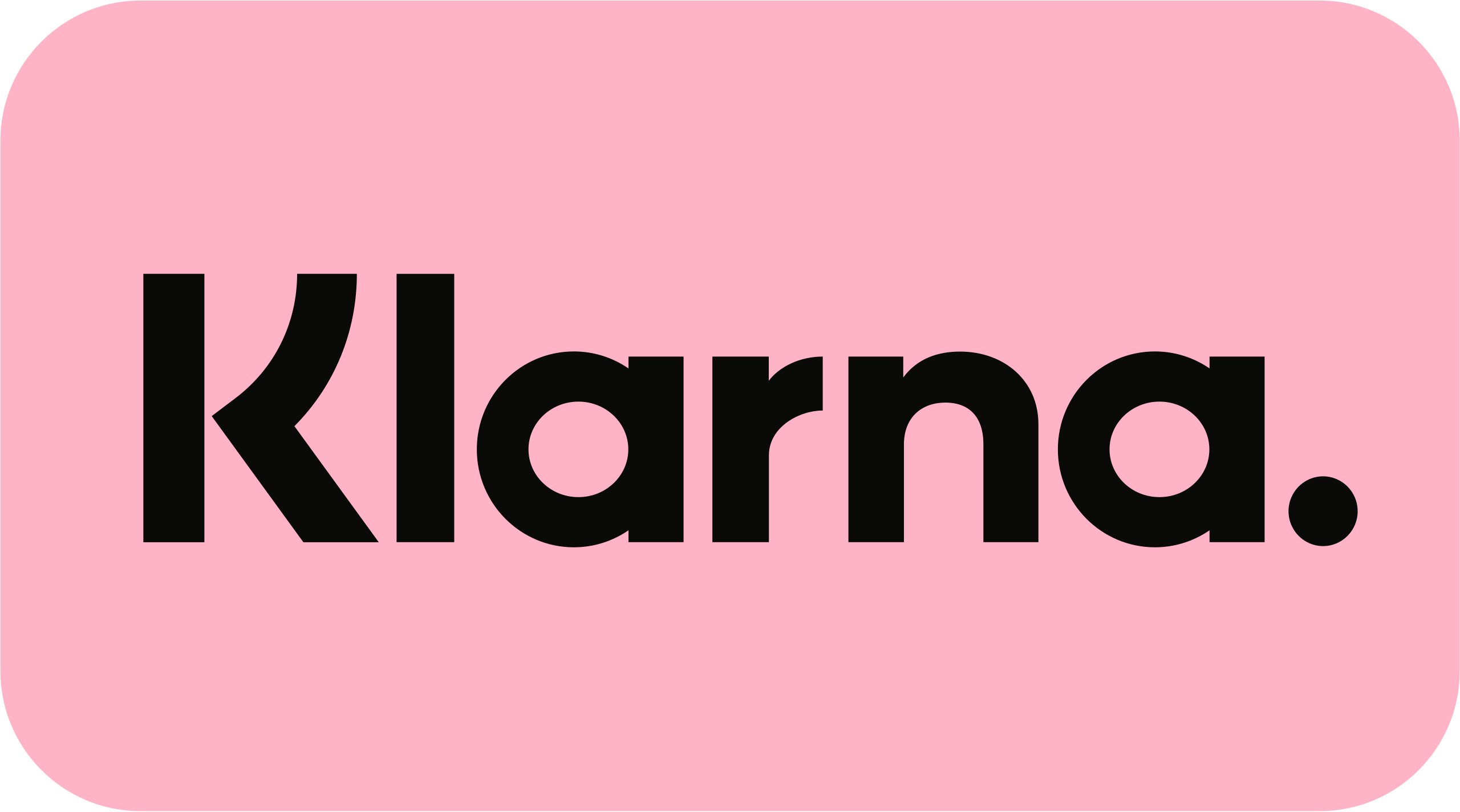- Number Plates /
- Custom Seat Number Plates
Custom Seat Number Plates
Seat was founded in 1950 as a joint venture between Instituto Nacional de Industria, a government-owned car company, and Italian automaker Flat. The company’s first model was introduced in 1974 and, since then, they’ve introduced a number of popular models. Today, Seat is known for producing stylish, high-quality cars that offer good value for money.
But it’s not just about looks; investing in a Seat private number plate could also make financial sense. Rare or distinctive plates can increase in value over time, offering both aesthetic appeal and potential future returns.
Finding the perfect number plate for your Seat has never been easier. Our intuitive search tool lets you explore millions of options in seconds - just enter your favourite letters, numbers, or even your car model. Once you’ve found the one that’s right for you, securing it is quick and hassle-free.
Make your SEAT unique with a personalised number plate today!

Why Buy a Number Plate from Absolute Reg?
Largest Stock
We stock over 50 million number plates at Absolute Reg, which is even more than the DVLA! You have so many combinations to choose from, meaning you can personalise your plate based on your name, hobby, location or anything in between.
Price Promise
With our price promise, if you find a cheaper plate elsewhere, we’ll match the price (or sometimes even beat it).
Lifetime Customer Service
If you have any questions about your number plate – before, during or after your purchase – our customer service team are on hand to help you, every step of the way.
Certificate of Entitlement
When you purchase a new number plate for your vehicle, the DVLA issue you with a V750 certificate of entitlement.
Finance Options
Spread the cost of your plate over 12, 24 or 36 months with Payment Assistant, giving you more control over how you pay.
What Number Plate Styles Are Available?
New/Current Style
The new/current style of number plate was introduced by the DVLA in 2001. This is because, with prefix plates, you can more easily hide the age of the vehicle. With these plates, it’s the first two letters that denote the area. Then, the next two numbers reveal the car’s age.
Prefix Style
Prefix style number plates were introduced in the 80s after the DVLA started to run out of suffix combinations. As the name suggests, it’s the letter at the start that reveals the car’s age. For example, ‘A’ refers to 1983 and so on.
Suffix Style
Demand for vehicles grew in the 1960s and, as such, the DVLA had to introduce suffix style plates. Again, as the name suggests, it’s the letter at the end of the plate that denotes the age, so ‘A’ refers to 1963.
Dateless
The DVLA introduced dateless number plates in 1903. They were issued so that they could track the vehicles that were on the road. There aren’t many restrictions when it comes to the order of numbers and letters. As a result, you can be more creative with your combinations.
How To Guides
How to Get a Private Number Plate: Step-by-Step Guide




